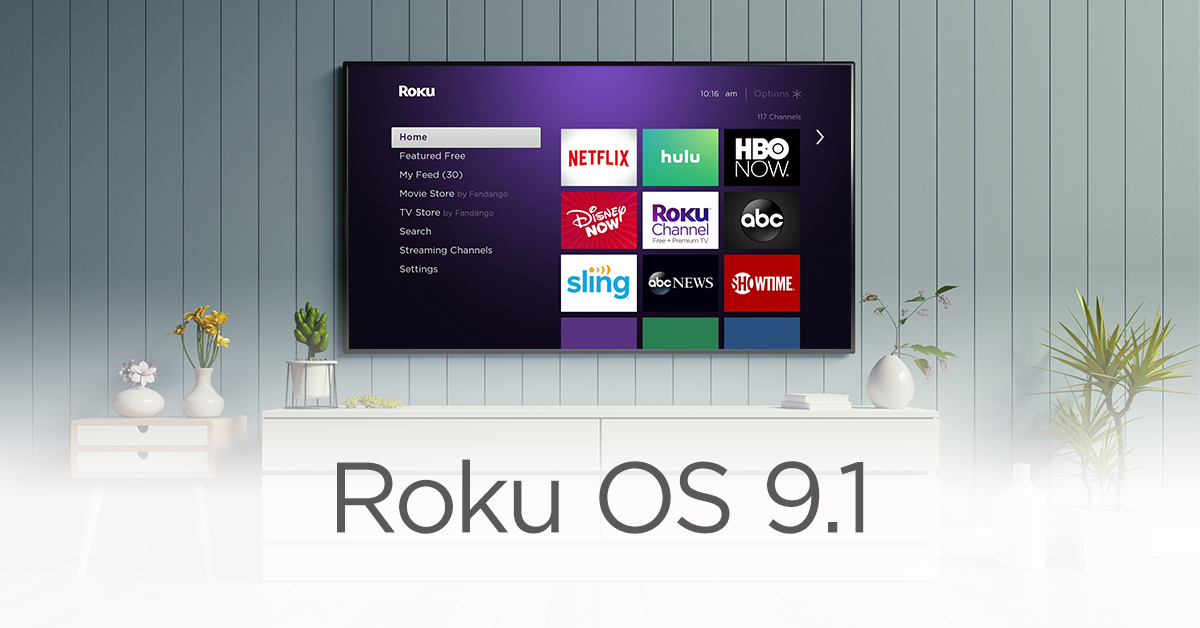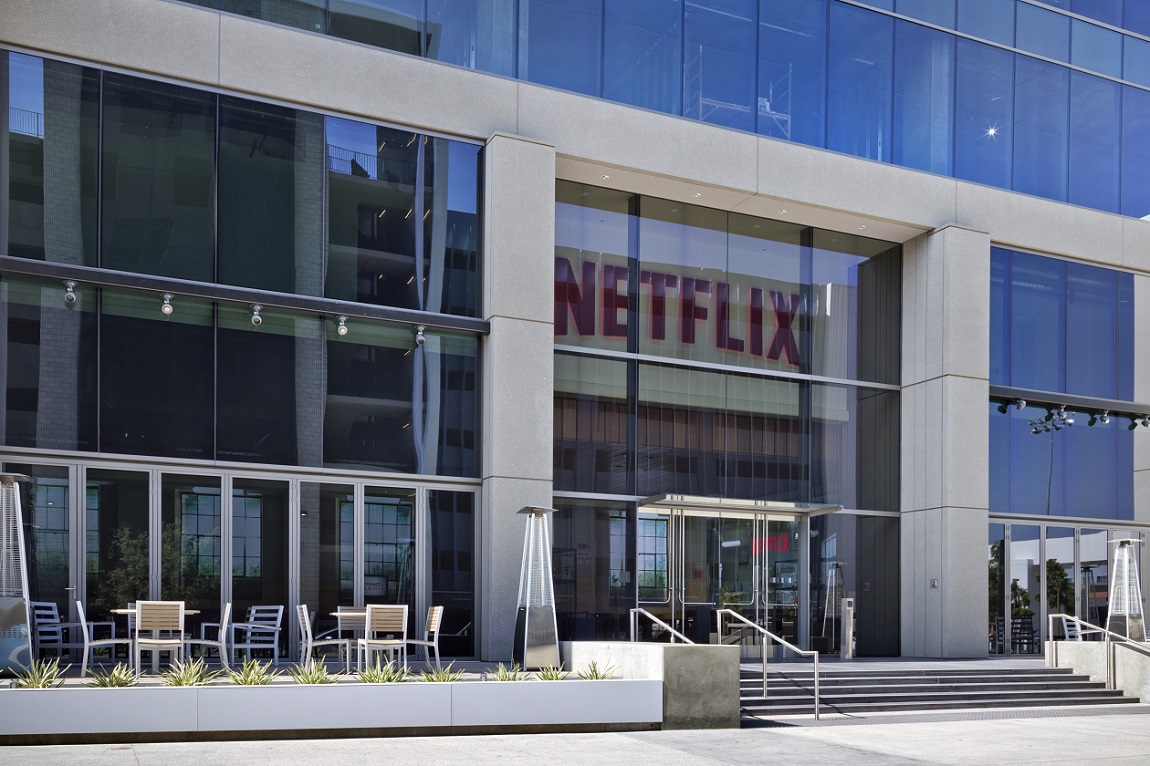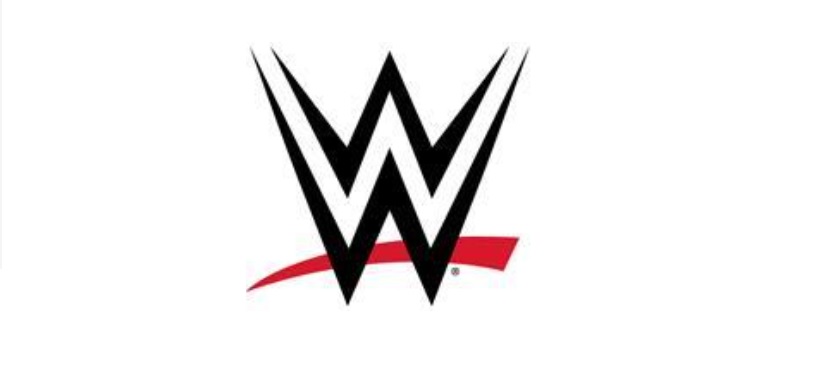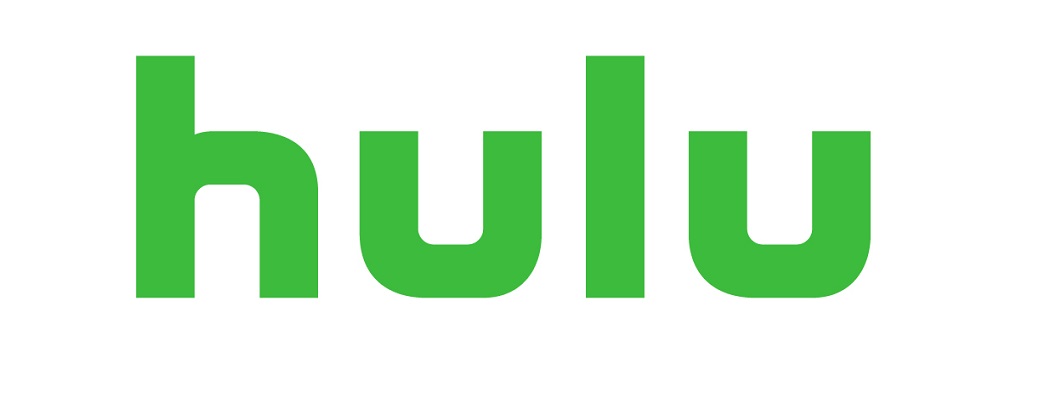I personally love the Roku operating system. I have used Roku products since it graduated from offering only Netflix. That model was the Roku 2 XS. It got a big face lift when the Roku 3 debuted its now familiar grid home screen and has kept the design for over 10 years. Apparently, a lot of other people see that same grid when they turn on their TV. A recent report from Hub Research referenced by Stream TV Insider showed that 59% of users in the US have Roku TVs or connected devices attached to their TVs. Is it because the system is the best or is it something else?
On a personal level, I can not recommend Roku enough. It is simple, it is straightforward and easy to learn. That is why when my mother bought a smart TV, I recommended an official Roku TV. I have used every smart TV platform in the US by the nature of what I do, and know the strengths and weaknesses of all of them. But most people do not have the time or need to know these sorts of things. So why do they choose Roku?
Let’s be honest, it’s the price of the TVs
If the only TVs with Roku OS built in were $1000 more than most of the other options on the market, Roku TVs would be about as common as full-sun outdoor TVs. But as it is, Roku, through its forward-thinking business strategy, aggressively formed partnerships with multiple TV manufacturers. Currently, there are eight partners listed on their website, but there have been as many as 12 over time.
A lot of those manufacturers offer value-based products that can be had for $200.00 or less, depending on the sales, and I am not talking 25-inch TVs here. Take a look at black Friday/Cyber Monday sales next November. They will be packed with TV’s from companies like Sharp, JVC, and Walmart’s ONN brand. And all of them will be Roku-powered TVs. So when people are looking for a new set, if they are concerned first with price, the shopping can start and end with Roku.
Customers get a lot of bang for their buck
Roku-powered TVs give customers a lot to work with, though they probably don’t do much more than use a couple of apps and ignore most of the built-in features. That’s the way most everybody uses their electronics. If you don’t believe me, just look up all the things your phone or even a modern oven can do. But even at its most basic, Roku offers the most popular TV apps on the market and tons more that people may have never heard about. So when people get a Roku-powered TV they will not be left out of anything that their friend from work has been going on about. Roku has not limited the OS to inexpensive TVs. There are high-end TVs with the highest refresh rates possible and a whole laundry list of premium options. But the overall effect of having multiple TVs on the market running its OS from the most affordable to the most expensive gives it a wide birth to find its way into a lot of living rooms, dorm rooms.
Roku saw where the market was heading way before its competitors
TVs that offer streaming apps and connectivity are not a new thing. LG introduced its first what people used to call “Smart TVs” in 2007. Here is a history of Samsung’s TVs starting in 2008. The two premium products introduced the market to the idea of integrating the internet into our TV’s before there was even all that much to see. As the number of services grew, so did interest. And almost all TV makers decided to get in on the game. The thing is that they all had their own, sometimes janky operating systems.
While the computer world largely broke down into Mac OS and Windows, it seemed like every “Smart TV” had its own look, app selection, navigation, menu styles, and so on. It meant every TV manufacturer from the big guys like LG, Sony and Samsung down to Sharp, JVC, Element, RCA etc had to make agreements with all of the apps/services separately.
Often the smaller manufacturers failed to keep their systems up to date, meaning that Netflix apps or whatever other apps people had would just stop working or barely work in the first place. Roku saw this and offered its platform as a turnkey solution to the industry. Roku essentially said “If you want to sell a smart TV just slap our OS on it” like Gateway, Dell and HP did Windows and stop wasting time with OS development for every new product you release. And lots of companies took them up on it.
Was Roku the first to do this?
No. Some form of Android was on TVs almost from the start but Google didn’t figure out how to crack the nut just right until Roku had the market by the throat. Amazon followed Roku a few years later as well and does have representation on the TV market but is still behind Roku with 35% of the market.
Roku may hold on to the advantage
As you should have seen from the paragraphs above, Roku built in an advantage on its competition. This was not dumb luck. And now that so many people have Roku-powered TVs either because they sought them out or simply because they were the one on sale, their next set is more than likely to be another Roku-powered TV or one made directly by Roku because of the familiarity with the platform. Just like some people always buy Fords or Toyotas, some people will buy Roku for the rest of their lives. It will probably be a lot more than some.
Again, all of this is not to say that Roku did not get it right from the start. I thought it was the easiest smart OS to use of all of them as soon as I tried it. But Roku had decided to release a TV on its own 12 years ago and had to find its way onto store shelves and explain itself to an audience that really didn’t know one thing from the other like all of the other dead and forgotten propriatary systems that graced Sharp TVs and RCA and so on it would have likely met the same fate.
Why? Because before it was a household name it would have had to get shelf space over some of the very same companies it worked with in the first place and gain peoples attention and name recognition over Google and Amazon and Sony (which uses Android/Google TV).
Instead, its partners already had long-standing relationships and shelf space with big box stores so all it needed to do to get in the door was tag along. The TV makers advertised affordable smart TVs to the masses, and people scooped them up. Once people realized they liked the system it had been baked in as the standard.






